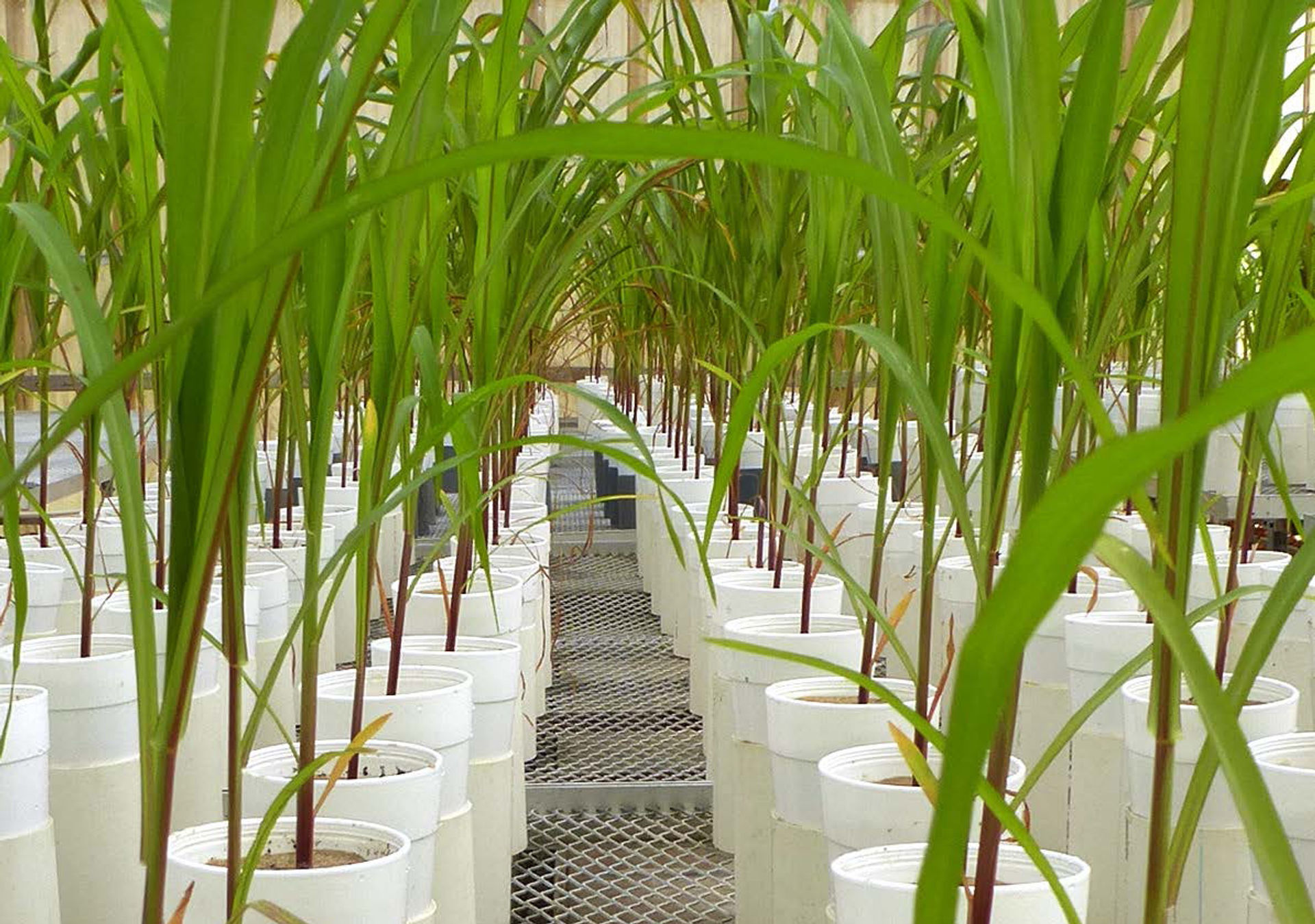

The difference between spores and propagules is big. The method of production also makes a big difference in quality and operation.
PHC produces its own spores under strictly controlled conditions. The difference in quality with cheaper mycorrhiza products is therefore very large.
Propagules
Propagule production takes place in the open ground (often in the open air). During production, root fragments of plants that have been propagated are provided with root fragments with one or more mycorrhizal species from the previous year's cultivation. After harvesting, the fine roots are sieved from the sand, finely ground and mixed with seaweed or humus extracts.
The shelf life of propagules is approximately 2 months. After these 2 months, the germination capacity depends on the (accidental) presence of spores in the mixture. Because the number of spores in the ground carrots is unknown, it is sufficient to state the quantity of carrot fragments on the packaging. The production of propagules is the most common, but also the cheapest and simplest method of production. The major disadvantage is the limited storage life and that there is no guarantee of authenticity or absence of pathogens.
Properties of propagules:
Different types mixed together
Simple production method in open ground or containers
Limited shelf life
No guarantee of absence of pathogens
Mixture from a single crop cycle
Tracks
The production of spores (by PHC) takes place in greenhouses under controlled conditions. The different mycorrhiza types are grown at different locations to prevent mixing of species. During the desiccation process of the host plants, the mycorrhizas produce enormous numbers of spores in their "death of death". These spores are sieved, purified, dried and counted according to a certain method.
The sealed conditions and sterilized growing medium prevent contamination by pathogens. Each batch of spores is tested for pathogens. Because the harvest can differ every year, traces from 3 years are mixed to ensure consistent quality. Depending on the application and processing method, the types are mixed and packaged. The types and number of spores are stated exactly on the packaging. PHC products are free from pathogens and have a shelf life of at least 5 years in closed packaging.
Properties of traces of PHC:
Separate production of different types
Production method in pots under controlled conditions
Can be stored for at least 5 years
Guaranteed free from pathogens
Mixture of three separate cultivation cycles
- Nederlands
- English
- Deutsch
- Francais